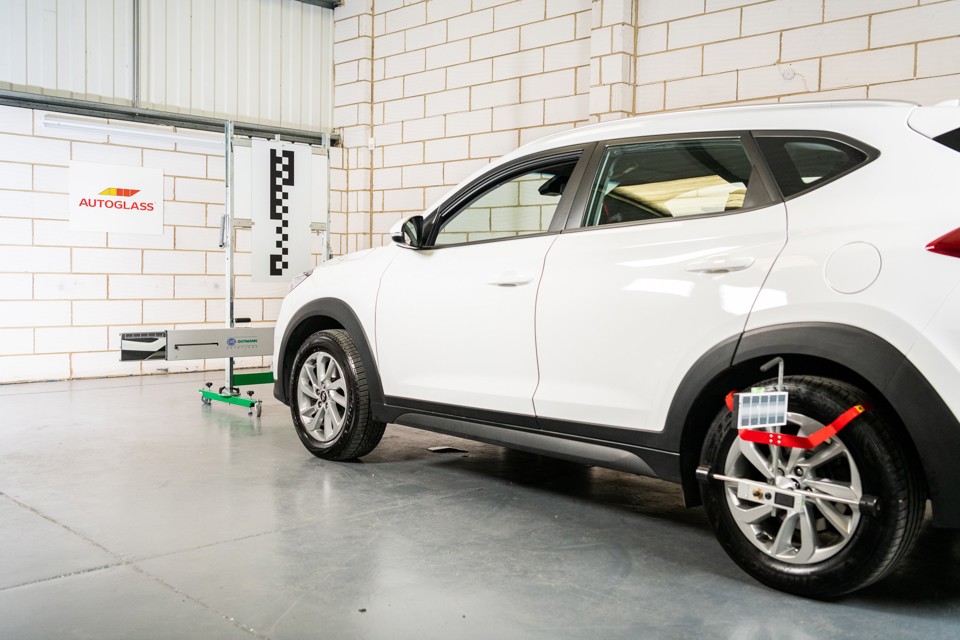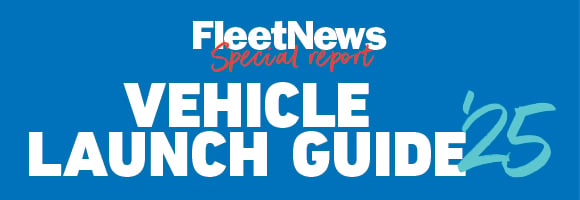Thatcham Research has released a set of Insurance Industry Requirements (IIR) that will ensure the safe repair of ADAS-equipped vehicles.
The requirements come as the number of ADAS-enabled vehicles on UK roads reaches 4.5 million, a figure that is set to grow exponentially as carmakers increasingly fit the latest driver assistance technology to new models.
Richard Billyeald, chief technical officer at Thatcham Research, said: “The correct procedures for the safe repair of vehicles with ADAS, and in what scenarios calibration of the systems themselves is required, has been a long-standing challenge to the automotive repair industry. Today the IIR brings clarity to repairers and enables the long-term sustainability of ADAS-equipped vehicles.
“Sensor calibration requirements vary greatly from one vehicle to another. But no matter what model is being fixed, it’s essential that manufacturers’ technical specifications are met to reinstate ADAS features safely, without compromising performance.”
The IIR confirms that inspection, realignment and calibration requirements must be considered in all situations where ADAS sensors, parts likely to affect the operation and functionality of ADAS sensors, or vehicle geometry are involved in the repair. This can include the replacement of the vehicle’s windscreen.
The requirements establish the key steps repairers must follow to ensure that ADAS continue to function as they did pre-accident, including:
Identifying the presence, or not, of ADAS on the vehicle and ensuring this is recorded
Completing all relevant inspection, realignment and calibration activities as detailed within the repair procedures
Ensuring that calibration results confirm that the sensors are functioning within the vehicle manufacturer’s technical specification
In addition, repair procedures should clearly identify if inspection, realignment and calibration are required and why; repairs must be carried out by a ‘currently competent person’; and fully verifiable and auditable records should be produced, with a copy provided to the Asset Owner or Work Provider.
Steve Nash, CEO of The Institute of the Motor Industry (IMI), said: “Both the ADAS Guidance and Insurance Industry Requirements for ADAS align to the IMI belief that, it is of paramount importance to enable the sector to deliver on its obligation for safe repair and in addition to build trust with consumers.
“Furthermore, both initiatives align to the IMI Campaigns for Change and TechSafe initiatives, which provide clarity for all stakeholders with an interest in ensuring competence during vehicle maintenance and repair activities, including ADAS."
Neil Atherton, sales and marketing director at Autoglass, said: “We have been concerned about varying standards in ADAS recalibration across the after-market for some time now. We have worked on numerous initiatives to raise standards for the benefit of all and give confidence that vehicles are being returned to the road in a safe condition, for example partnering with the IMI on the creation of the first industry training accreditation for recalibration.
“We welcome and embrace the launch of the IIR; we are proud to have been able to contribute to its creation and our processes are already aligned to its high standards. If recalibration does not meet the vehicle manufacturer’s specification, the sensor may not read the environment correctly with potentially dire consequences for safety; now the full insurance supply chain will have clear guidance on what is and is not acceptable.”
Windcreen replacement firm Auto Windscreens installed calibration machines for vehicles with Advanced Driver Assistance Systems (ADAS) features at its sites, following a growth in demand. Auto Windcreens used to refer its customers to their local dealer to carry out the calibration, following a windscreen replacement.




















Login to comment
Comments
No comments have been made yet.